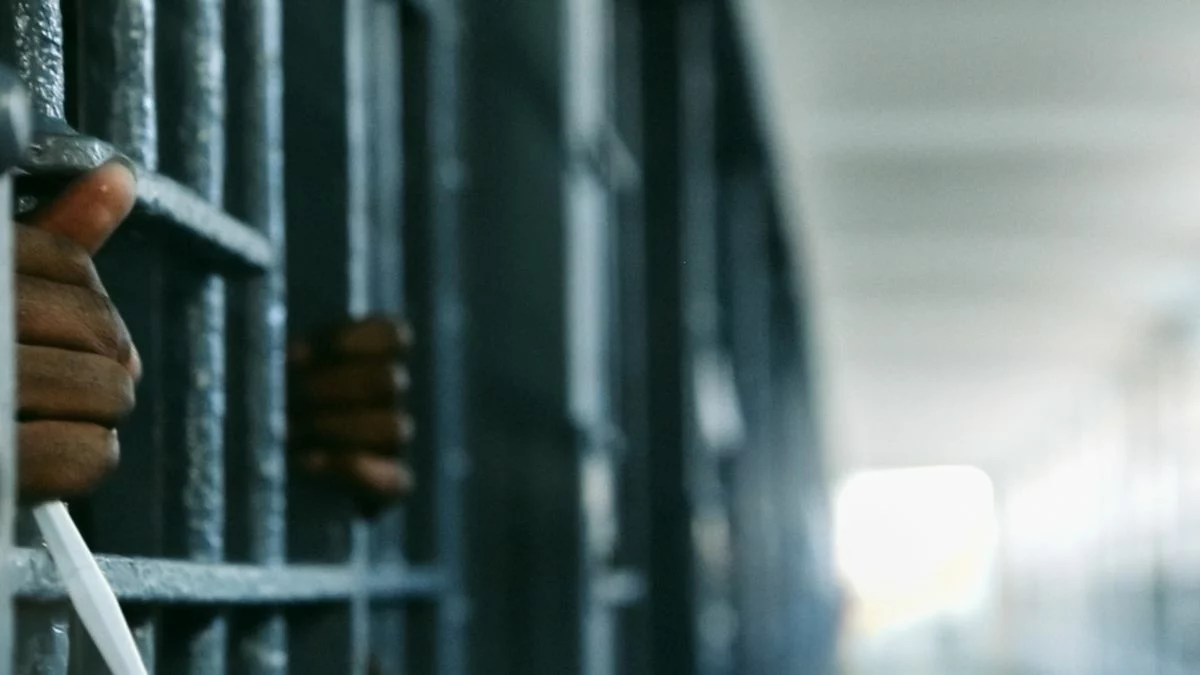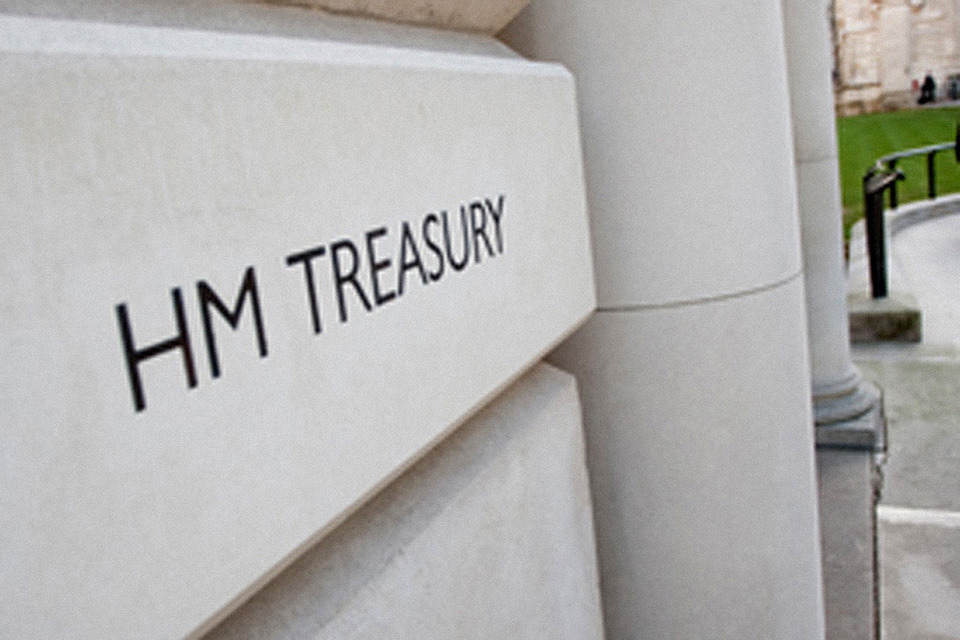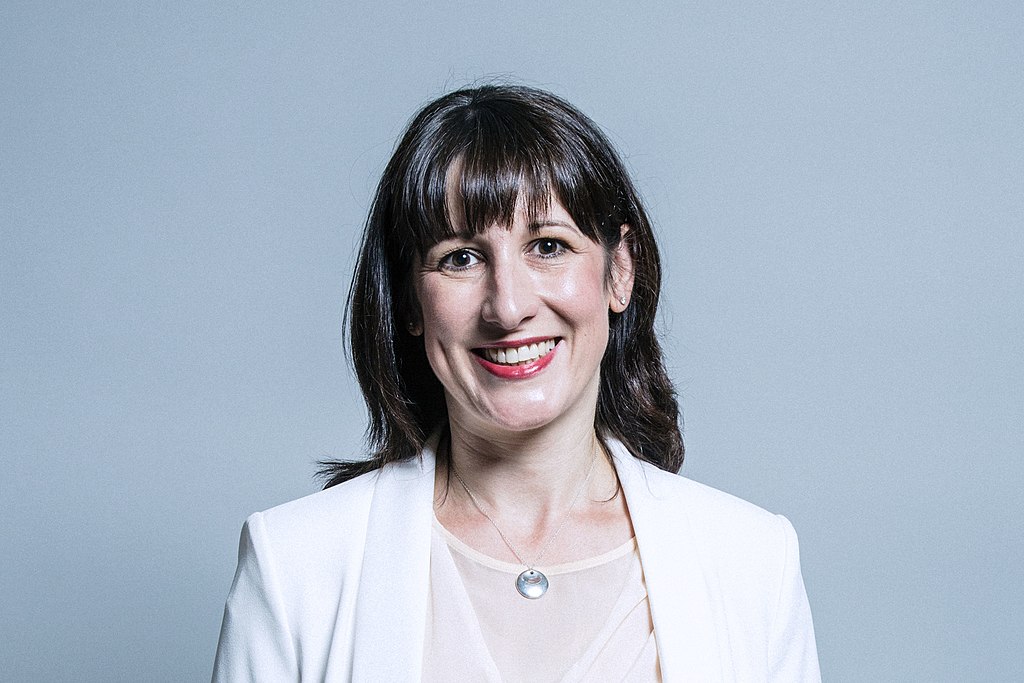Skepticism Over Government's Affordable Housing Promise
Angela Rayner is poised to announce a significant government initiative aimed at addressing the housing crisis, with plans to construct 180,000 new social homes over the next decade. This ambitious target represents a sixfold increase compared to the number of social homes built in the 10 years leading up to 2024. It forms a crucial part of a broader drive to deliver a total of 300,000 new social and affordable properties by 2035, signaling a concerted effort to provide secure housing for families and young people.
The plan is underpinned by a substantial £39 billion investment, as announced by Chancellor Rachel Reeves in the recent spending review. The deputy prime minister has championed this investment as the “biggest boost to social and affordable housing in a generation,” urging the social housing sector to collaborate in tackling the housing crisis. Ms. Rayner emphasized the transformative potential of this opportunity, stating, “We are seizing this golden opportunity with both hands to transform this country by building the social and affordable homes we need, so we create a brighter future where families aren’t trapped in temporary accommodation and young people are no longer locked out of a secure home.”
This target for social and affordable housing is integrated into a wider, long-term strategy, expected to be published soon, which will detail how the government intends to increase housing supply and improve overall housing standards. While the £39 billion, 10-year Affordable Homes Programme signifies a real-terms increase of over £1 billion annually compared to its predecessor, claims of it being the “biggest boost in a generation” are subject to scrutiny. When adjusted for inflation, the annual investment of £3.9 billion falls short of the £4.5 billion annually invested between 2008 and 2011 under the previous Labour government. However, the sector is likely to welcome the stability offered by the new 10-year funding settlement, a significant improvement over previous programmes that typically secured funding for five years or less.
The programme aims to deliver an average of 30,000 affordable homes per year, with at least 18,000 of these specifically designated for social rent, rather than other tenures such as shared ownership. This target for social rent homes is more than double the approximately 8,000 homes delivered annually by the previous programme. Nevertheless, it is still fewer than the over 30,000 social homes delivered per year by the Labour Affordable Homes Programme from 2008 to 2011.
A notable challenge to the government's ambitious goals is the escalating cost of construction. This rising expenditure could lead to diminishing returns on their investment, especially given the increased ambition to deliver a greater proportion of socially rented homes, which are generally the most expensive type of affordable housing to build. The previous Affordable Homes Programme, which initially aimed for 180,000 homes, saw its target significantly reduced to between 110,000 and 130,000 due to mounting costs and delays. The current government can anticipate facing similar economic pressures, highlighting the complexities inherent in achieving their housing objectives.






